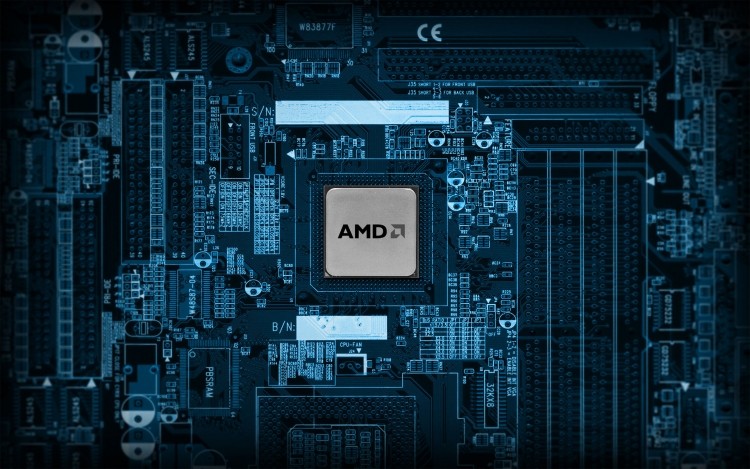Justin Kahn
Posts: 752 +6

AMD's fourth quarter and yearly 2013 financial numbers have now been released, pointing at a general improvement over previous years. Although the company's revenue dropped by 2%, its gross margin and operating income are up quite significantly over the previous year.
The company posted $83 million in net income losses, which is actually a vast improvement over its $1.18 billion loss in 2012. Both a rise in gross margin by 14% and a booming Graphics and Visual Solutions group are likely the reasons the company is closing the losses gap. While the Computing Solutions group suffered a 22% dip last year in revenue, the Graphics and Visual Solutions group (responsible for PS4 and Xbox One chips) posted a 55% hike in revenue from $1.4 to $2.2 billion in 2012. AMD CEO Rory Read attributes the company's strong Q4 2013 results to the console SoCs and its other leading graphics solutions.
And a strong fourth quarter it was, the company posted $89 million in profit as well as improvements across the board including better income, revenue and gross margin numbers.
As for projections, the company sees revenue dropping about 16% sequentially (give or take 3%) in the first quarter of 2014. AMD locked in about $1.1 billion in revenue during Q1 2013, so even a significant dip of around 18 or 19% would still leave the company on top of last year's Q1 numbers.
